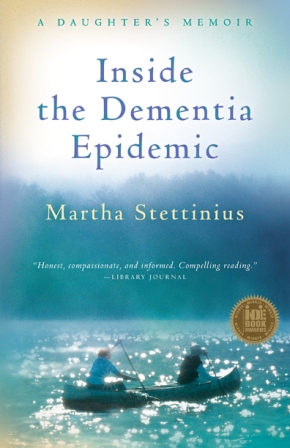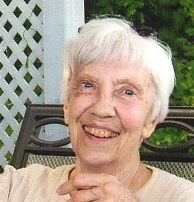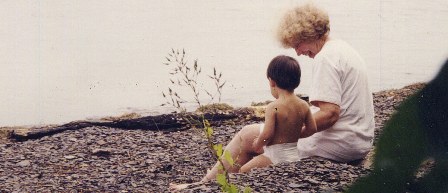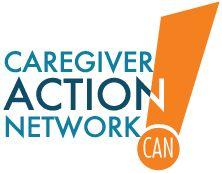More Tips for Dementia Caregivers
 Wednesday, May 1, 2013 at 09:46AM
Wednesday, May 1, 2013 at 09:46AM  Today I'm pleased to share with you Part II of a guest blog from Michelle Seitzer of Seniors for Living. She's got lots of tips for us on how to make dementia caregiving easier and more enjoyable. You can click on each article to read more. Thank you, Michelle. -- Martha
Today I'm pleased to share with you Part II of a guest blog from Michelle Seitzer of Seniors for Living. She's got lots of tips for us on how to make dementia caregiving easier and more enjoyable. You can click on each article to read more. Thank you, Michelle. -- Martha
Keeping the Environment Clutter Free:
 No matter what activities you have planned, it’s important to simplify the environment by limiting (or modifying) the items used on a regular basis. It’s not just about cleaning up and getting rid of useless items — though that’s never a bad idea — but more about simplifying the objects in front of the person at any given time. For example, use a telephone with varying-sized buttons and different colors, since these buttons are usually the same size and color and therefore difficult to distinguish between numbers. Operating on this foundation, simplifying the objects on the table at mealtime and using plates, bowls, and silverware of varying colors and sizes is another way to reduce visual clutter and thereby help the individual more clearly recall the purpose and function of each item.
No matter what activities you have planned, it’s important to simplify the environment by limiting (or modifying) the items used on a regular basis. It’s not just about cleaning up and getting rid of useless items — though that’s never a bad idea — but more about simplifying the objects in front of the person at any given time. For example, use a telephone with varying-sized buttons and different colors, since these buttons are usually the same size and color and therefore difficult to distinguish between numbers. Operating on this foundation, simplifying the objects on the table at mealtime and using plates, bowls, and silverware of varying colors and sizes is another way to reduce visual clutter and thereby help the individual more clearly recall the purpose and function of each item.
(Martha: As my mother’s dementia advanced, I asked her memory care facility to give her only one item of food at a time at meals, and only one utensil at a time. Otherwise she seemed to get “stuck” and overwhelmed by the choices. If your loved one can still feed themselves but seems to be losing interest in meals, try using this approach.)
Read more.
-------------------------------------------------------------
Alzheimer’s Resource Guide:
 Maneuver the rough caregiving waters ahead with confidence via the resources in this comprehensive guide, which offers insights that will take you beyond daily activities.
Maneuver the rough caregiving waters ahead with confidence via the resources in this comprehensive guide, which offers insights that will take you beyond daily activities.
-------------------------------------------------------------
Alzheimer’s Hurts: Help for Difficult Behaviors:
 Wandering, restlessness, paranoia, repetition, hallucinations: When your loved one is struggling with these issues, the good intentions of a meaningful activity plan may fall by the wayside. Check out this post for tips on dealing with the difficult behaviors characteristic of those with dementia.
Wandering, restlessness, paranoia, repetition, hallucinations: When your loved one is struggling with these issues, the good intentions of a meaningful activity plan may fall by the wayside. Check out this post for tips on dealing with the difficult behaviors characteristic of those with dementia.
(Martha: These are great tips. "Difficult behavior” is not necessarily a symptom of dementia itself, but the result of the real needs and feelings of the person being misunderstood or ignored. The person is still “in there” despite the dementia, and it’s more challenging to understand what their needs and feelings are. Here are some tips for communicating with a person with dementia.)
Michelle Seitzer spent 10 years filling various roles at assisted living communities in Pennsylvania and Maryland, then worked as a public policy coordinator for the PA Alzheimer’s Association before settling down as a full-time freelance writer. Seitzer also served as a long-distance caregiver for her beloved grandfather, who died of complications from Alzheimer’s in 2009. She has blogged for SeniorsforLiving.com, which provides information on assisted living, home care, and Alzheimer’s care, since November 2008, and is the co-moderator of the first #ElderCareChat on Twitter, held on the 1st and 3rd Wednesday of each month at 1 p.m. EST. Follow her on Twitter and Facebook.



























